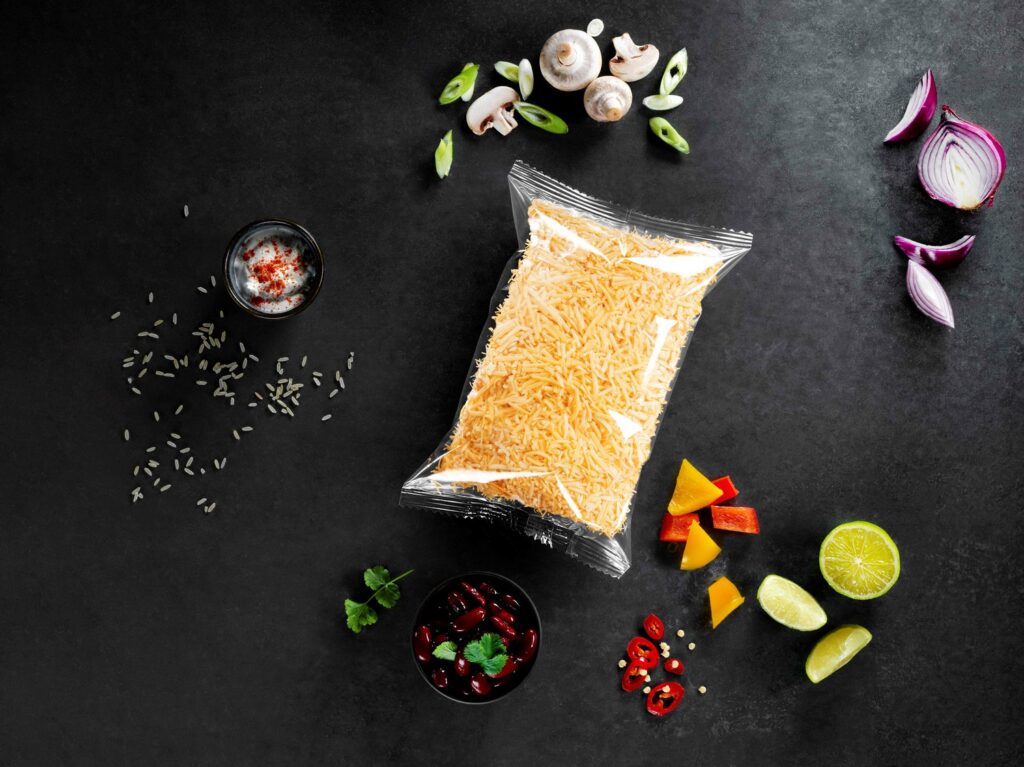Klöckner Pentaplast (kp), a global leader in sustainability-focused food packaging solutions, has announced the launch of two new recyclable barrier flow wrap films: kp FlexiFlow® EH 155 R and kp FlexiFlow® PH 255 R. The fully recyclable pair can reduce packaging weight by up to 75% compared to alternative solutions, representing a significant leap forward in sustainable food packaging design.
kp FlexiFlow® PH 255 R, a polypropylene-based (PP) film, contains more than 93% PP, exceeding current packaging guideline specifications for recyclability. Its polyethylene (PE) counterpart, kp FlexiFlow® EH 155 R, raises the bar even higher with over 95% PE content, setting an exciting new benchmark for recyclable barrier films.
“By designing our products with sustainability at the heart, we help food manufacturers to meet increasing consumer and regulatory demands without compromising on quality or efficiency. Our expertise at kp is the reason we’re able to do this so effectively.” said Francisco Quesada, Senior Commercial & Marketing Director, Flexibles, at kp
Both films are designed to help reduce plastic waste by up to 75% compared to alternative packaging solutions, while still providing superior product protection. The high-speed capabilities of these films – with kp FlexiFlow® PH 255 R achieving speeds of up to 120 packs per minute – ensure they integrate seamlessly into existing high speed production lines.
kp FlexiFlow® EH 155 R and PH 255 R also offer strong aesthetics and antifog technology, enhancing on-shelf appeal. Their versatility makes them suitable for a wide range of applications, from fresh meats and cheeses to processed foods and produce.
“As legislation and corporate sustainability initiatives continue to evolve around the world, these new barrier films further cement our position at the forefront of recyclable packaging innovation,” Francisco Quesada added. “By providing options in both PE and PP, we’re ensuring that our customers can select the material best suited to their specific product requirements, and the recycling infrastructure of the markets they’re operating in. We’re not just meeting current standards; we’re anticipating future needs and providing solutions to drive the industry forward.”





